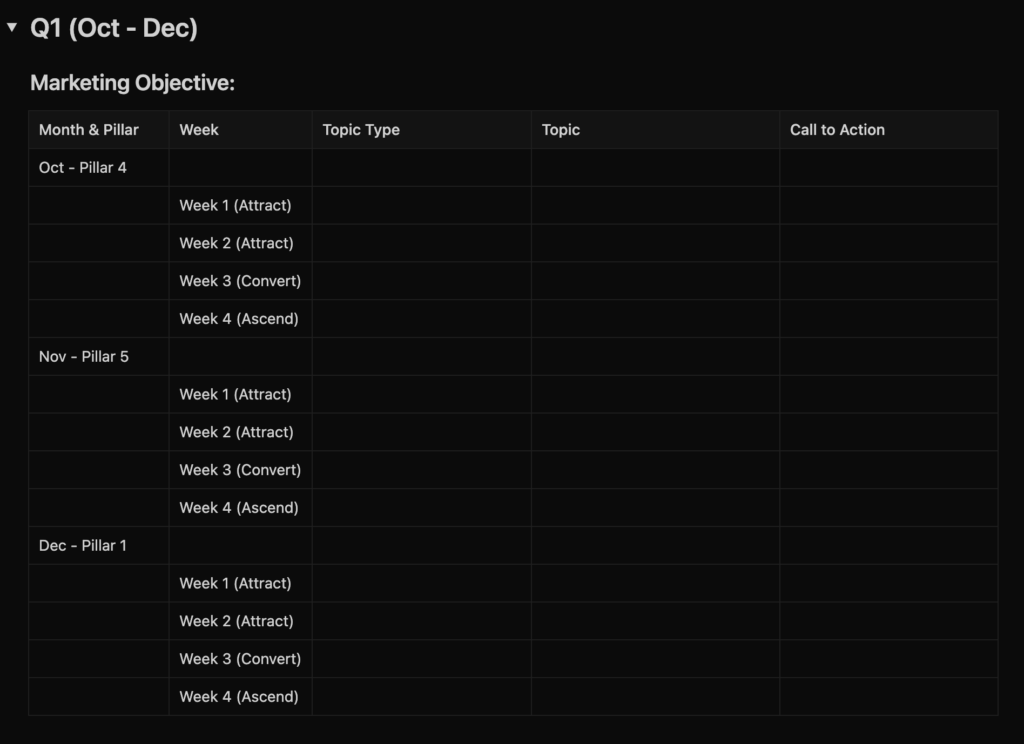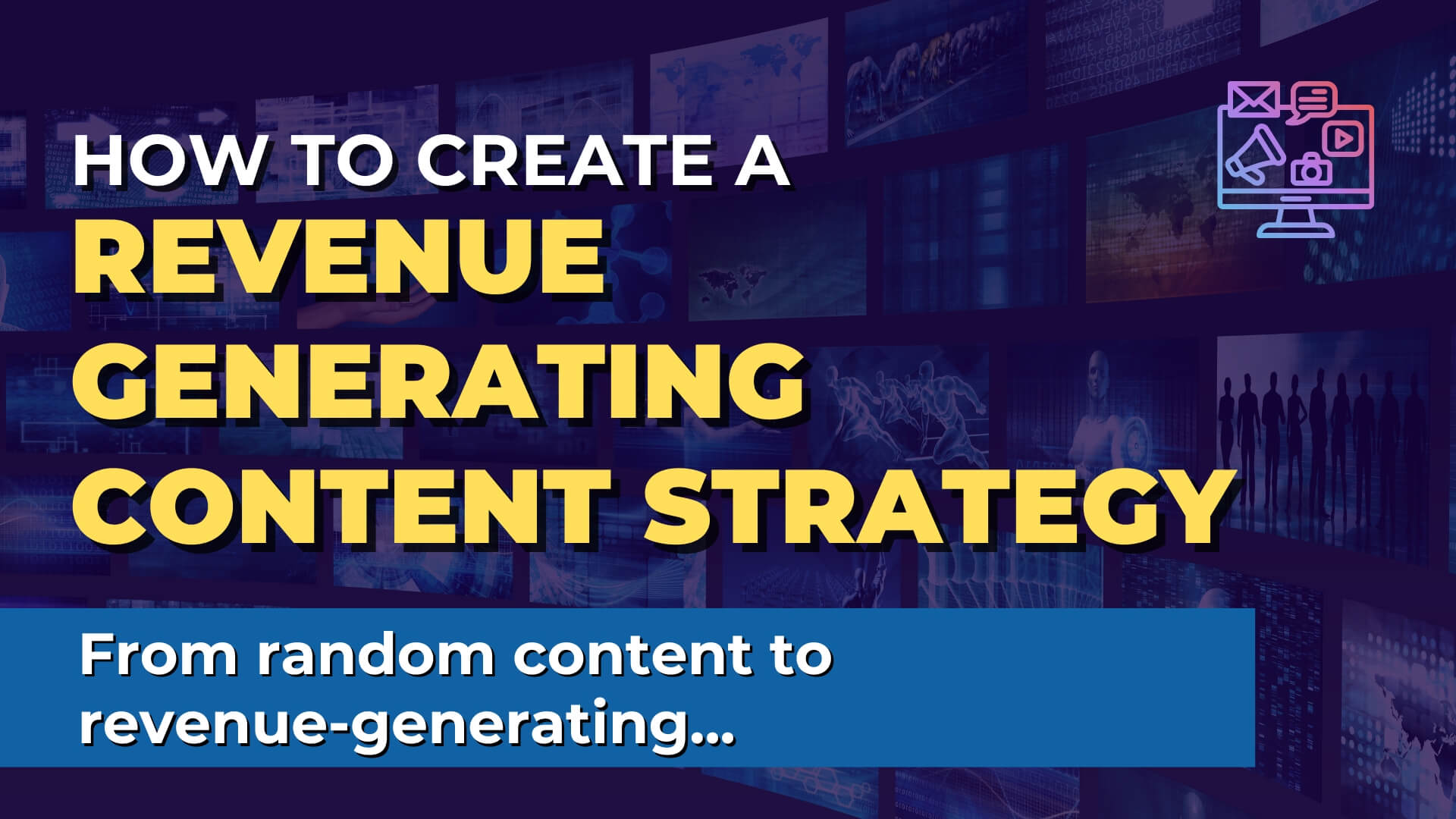How To Create A Revenue Generating Content Strategy
It’s time to change your content strategy from random to revenue-generating.
From a focus on getting followers to a focus on getting clients.
Followers don’t generate revenue, clients and customers do…
David Ziembicki, Expert Business Agency
No business can survive without generating revenue and more importantly, profit.
The earlier you are in your online business journey the more important this is.
So how do we create a content strategy focused on generating revenue? Here’s how.
I’ve created a sample content strategy and content plan following these techniques. It is included at the bottom of this post for you to refer to.
Goals Your Content Strategy Must Support
The difference between a random content strategy and one that generates revenue is alignment toward your business goals. At the highest level, all of your content should be focused on attracting, converting, and ascending.
ATTRACT an audience of your ideal customers.
Content that shows you understand the problems your ideal customers are having, diagnose the mistakes they are making, things they are trying that don’t work, and industry norms that are outdated.
CONVERT your audience into leads.
As you attract your ideal customers by diagnosing their problems, you mention the elements of your program or signature system that are the prescription, the medicine that solve those problems. Then ask them if they want that medicine. If you go to your doctor and they diagnose high blood pressure and tell you the medicine Lisinoprol will take your blood pressure down within day then ask if you want a prescription, most will say yes. This is the initial conversion to being a lead and customer.
ASCEND your leads and customers to your highest level programs.
Using the blood pressure example, taking a drug isn’t the final answer. The doctor would also likely recommend a health program of diet, exercise, and other steps to address high blood pressure more comprehensively. This is what your signature system is: the end to end solution that helps your customers / clients reach their goals.
The right mix of attract, convert, and ascend content aligned to your business goals and cadence (see below) is what should drive your content strategy.
Understand your business cadence
Most online businesses tend to follow either the Launch model, the Evergreen model, or a Hybrid model of both.
The Launch model is where you only open enrollment into your flagship program 2 – 4 times a year and most of your content and marketing aligns to big launch events.
The Evergreen model is where you allow enrollment into your programs continuously through the year.
Hybrid is a mix of the two, where some of your programs use the evergreen and some use the launch model.
Your decision here is the biggest single factor for designing the right content strategy. If you are just beginning, I recommend the evergreen model since it gives you more opportunity to test ideas, offers, pricing, etc. The launch model is risky because all your effort is focused on one big launch and if single thing doesn’t work or isn’t optimized, your launch can fail.
Align your content plan to your business cadence
If we look at the customer lifecycle of Attract / Convert / Ascend, the duration of that cycle is the main difference between the launch model and the evergreen model.
If you launch twice a year, then you have a 6-month cycle time to attract new customers, convert them with entry level offers, and ascend them to your flagship program.
You may have 2 months where you focus on Attracting new audience, 2 months focused on Converting them to entry offers, and 2 months focused on the launch.
In this case, you may dedicate one or more content channels (like a FB group) to your existing customers so that they aren’t left out when you are in Attract and Convert
In the Evergreen model, the cycle time is shorter so you will need Attract / Convert / Ascend content running quarterly or even monthly.
In the Evergreen model, in a given month there may be 2 weeks focused on Attract content, 1 week focused on Convert, and 1 week focused on Ascend because at any given time there are people in all of those buckets.
In the Hybrid model, it’s a mix of the two. In most cases you overlay more launch oriented content during the periods running up to the launch events.
Hopefully you see the benefit of aligning to your goals / cadence and how much most are leaving on the table by publishing random content not aligned to their marketing goals.
Tuning your content strategy based on the size / stage of your business
The current size of your business should also shape your content plan.
If you have a small audience, your strategy should focus more on attracting your ideal customers and then converting them to customers of your entry level offers.
If you have a large audience already, your strategy can focus more on converting your existing audience to customers and ascending your existing customers to your higher level programs.
It’s all about shifting the mix of your content types based on what is most important to your business over the period you are planning for.
Create Your Content Strategy
The template below is what we use to plan the initial high level content strategy. We drill down from the annual goal, to the quarterly goal, to monthly, then weekly. This is the template, then at the end of this post you can see a finished example with explanations.
This template is an example of an evergreen approach. If you look at each month, you’ll see each follows the pattern of Attract, Attract, Convert, Ascend. That means in weeks one and two of each month the focus is on attracting new audience, then week 3 is to convert them to a lead or customer, then in Week 4 the focus is to get them to join your evergreen program.

This helps you pick topics, content types, and calls to action that are aligned to each week’s goal ensuring that everything you create is always supporting your goals.
In the finished example at the end of this post, a quarterly approach is used so you can see what that looks like in comparison and the types of content used.
Summary
We’ve covered goal setting, how to determine the best mix of Attract / Convert / Ascend and how to structure annual/quarterly/monthly/weekly content goals.
In this post, I cover what topics to explore in your content, what content types align best to Attract / Convert / Ascend, and what calls to action to use.
You’ll then be able to quickly put together a content plan for an entire year that is focused on generating maximum revenue.
Take Action
- Determine your annual business goals and desired cadence (Launch, Evergreen, Hybrid)
- Consider your stage / size of business and whether your overall focus is Attract / Convert / Ascend (remembering we will do all three regardless)
- Start filling out your content plan template with quarterly, monthly, and weekly goals.
- Watch for the next post where we’ll learn about topics, content types, and calls to action so that you can complete your content plan
Sample Revenue Generating Content Plan
Below is a finished example of a revenue-generating content plan. As you can see right at the top, it is aligned to my business goal for this quarter which is to promote our Content Engine program, a done-for-you service where we help solopreneurs, coaches, and creators, publish, and repurpose content at scale… We take each of their videos, edit them, turn each into 20 assets and 100 social posts.
Following the process detailed in this post, we set the business goal of generating more clients and revenue from this service.
We decided on an evergreen model so we could start getting clients, revenue, and results quickly. We set a quarterly cadence for now, meaning we would Attract in month 1, Convert in month 2, and Ascend in Month 3.
We also decided to focus on 2 of our 4 content pillars. Content pillars are the main topics we talk about across all of my content. Our pillars a Strategy, Tools, Systems, and Team. For this quarter we are focusing on Strategy which helps attract new audience as they learn how the people they follow create so much content and how they can to. We also decided to focus on the Team pillar since we are marketing our content engine which provides them a done-for-you content team.
So in the content plan below you see that reflected in the first two columns. The pillars and the goals for each month and week.

Next, for each week we thought about what topic type we wanted to use. I’m going to cover that in next week’s post: These content types help you Attract, Convert, and Ascend your ideal customers but for now what that means is certain types and formats of content work better for Attracting new audience, others for Converting, and yet others for Ascending.
So when you think about what content to create for those goals, we make sure to use formats that work the best.
Attract Examples
So the next step is choosing the right type and format. Then we work on what topics to talk about, aligned to the type and goal.
So you can see that during the attract phase I’m talking about amateurs vs pros, things you need or else you fail, systems you need, and a major false belief.
All of those are designed to attract new audience and begin working on creating a “gap” between their current state and their goals that our services will help build. We want them having thoughts like:
“Gee I am just creating like an amateur”
“I see how the pros have it easier how do I get there”
“Of those 9 must-have systems I only have 2 🙁 “
“Wow I don’t have to wait years until I have a large email list to generate revenue”
Do you see how each of those are highly valuable content but ALSO create desire and already start chipping away at objections they will have to our services like cost? (ex. they can generate revenue even with a small email list)
The final thing to note is that during this attract phase, if we even have a call to action it’s simply to point them to more value like our Expert Business System which is our entire strategy delivered in one epic post.
Convert Examples
The pattern repeats for Month 2 but now the goal is converting people to leads and customers. In this month, which this post is a part of, we’re educating people and obliterating the objection of “I don’t know what content I should create” or “I don’t know what type of content would help me generate customers and revenue”. The goal of this month is to get readers creating their ideal content plan.
Again, it’s highly valuable content for the reader, but it’s ALSO creating more of the gap we want them to see (ok I have a plan for 12 videos, but I don’t have time to edit, repurpose, publish but would love it if those turned into hundred of assets and posts) We’re creating the gap and desired that our content engine service fills for them.
Since our goal is Convert, the calls to action are related to opt ins like joining our Facebook group or soon to opt in to our Content Planner so they can get a copy of the tool used in this post. This gets the read on our email list for follow ups and eventually there will be some related low-ticket offers we might sell at this stage.
Ascend Examples
Finally, in the third month our focus is on ascending our leads into joining our Content Engine program. Since that ranges from $500/mo to $3,000/mo depending on volume, it is a higher ticket offer so our content in this stage focuses on connecting and showing our expertise, case studies showing how it works, and so on. In this stage there are more direct calls to action to join the program.
Wrap Up
Hopefully this finished examples helps you put the concepts together. In the next post I’ll go deeper on the content types and how to create ideas that align the goals of providing high-value to your audience but also moving them toward your marketing goals.

David Ziembicki
David Ziembicki is the founder and CEO of the Expert Business Agency, which helps coaches, course, and membership creators build their online businesses. David has been an industry-leading technology and business consultant for over 25 years having worked at Microsoft, Deloitte, SAIC, and Avanade.

